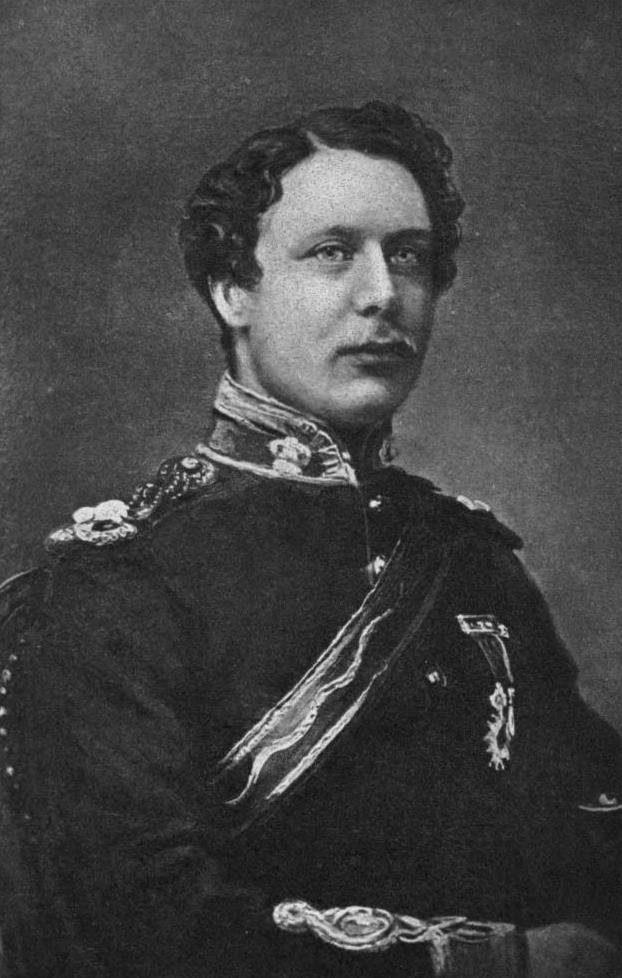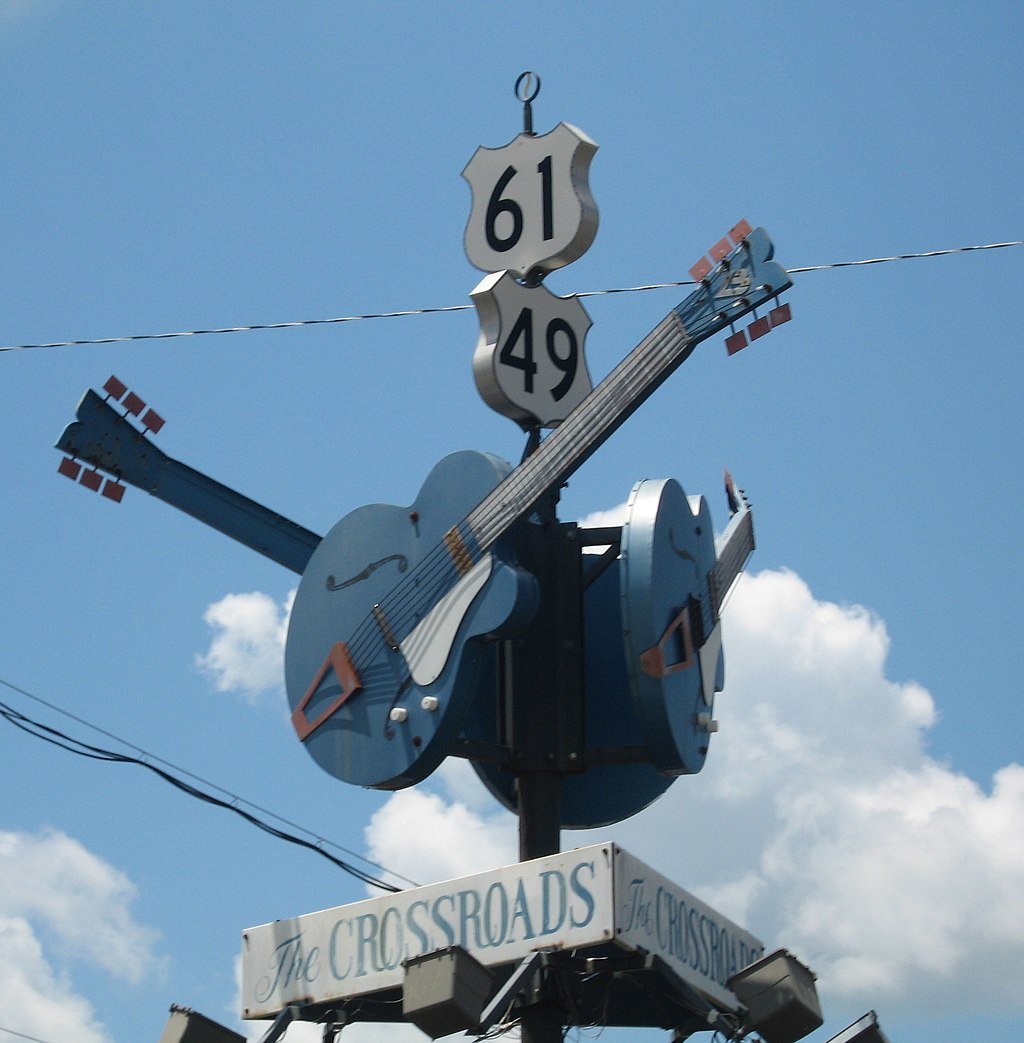Charles George Gordon, known for exhibiting extraordinary courage and fearlessness in battle, would die a hero’s death in 1885. At the time of his death, he had gained international fame for his service in the British army, ability to inspire others, and his staunch commitment to his faith. When Gordon volunteered to serve in China, he was faced with an insurrection the likes of which remains one of the bloodiest rebellions in world history. Marvin McCrary explains.
Gordon shortly after the Crimean War.
Charles Gordon was born in Woolwich, a district in southeast London, England, in 1833. He was the son of a Royal Artillery officer — one of a fairly large brood of children — but the family was closely-knit, and very happy. The young Gordon was especially fond of his sister Emily, but her death at age 16, was a great blow to him. In 1848, Gordon entered the Royal Military Academy (in Woolwich) as a Gentleman Cadet, intending to follow his father into the Royal Artillery. However, a lack of discipline prevented this, and he graduated in 1852 as a second lieutenant in the Corps of Royal Engineers. The corps considered themselves the professional elite of the British army, and were posted all over the world to build bridges, railways, quays for ships, design buildings, and undertook siege work. This would prove to be the ideal environment for Gordon, who had shown himself to be brave, impetuous and restless while at the academy. It was agreed that the role of the military engineer would make good use of these traits.
Crimea
In 1853 Gordon was converted to faith in Christ through the efforts of a fellow officer who would become one of his closest friends. His faith would become an integral part of his character throughout the rest of his life. That same year, the Crimean War broke out. The conflict pitted Britain, France, Turkey and Sardinia against Russia, whose ruler sought to expand Russian influence over the Middle East and the eastern Mediterranean at the expense of the Ottoman Empire. Gordon managed to persuade the War Office to give him a post to the Crimea, despite his parents' insistence that it would be best for him to remain in England. Although aware of the dangers, Gordon knew that engineers were badly needed at the front, where the ill-equipped soldiers were making due in shockingly primitive circumstances. Adequate shelter was nonexistent and supply services hopelessly snarled. Gordon was put in charge of collecting and shipping wooden huts, which he would erect in the Crimea.
According to author John H. Waller, Gordon was in his element in the Crimea. His first task involved building huts which would serve as winter quarters for Allied troops. Gordon took the hardships of winter in his stead. He compared the British soldiers to children who, unlike the French, did not look after themselves. Officers froze to death in the night, while others were smothered by the smoke from the charcoal fires which had been started for warmth. There was palpable need, Gordon recognized, to put the huts up in a hurry. Once he completed this task, he managed to get the dangerous and unenviable job of mapping the Russian trenches along the frontlines. Many young, promising officers were killed during this operation. In a pensive letter written in 1883, Gordon would later reflect upon his surprise and disappoint that he was spared an early death. One could say that Gordon’s remarks carried with them the sobriety of one who had become wearied by the unrelenting din of war.
China
Gordon’s fierce determination would see him decorated for bravery by the French, and mentioned in dispatches by the British. However, at the conclusion of the conflict, Gordon found himself restless. Gordon would write in his journal that he found the gentility of English society unsuitable to a man of action such as himself. The British press covered the conflicts faced by the British Empire thoughout Asia, and the Sepoy Rebellion in India was on the front page. The crisis faced by the Qing in China, was secondary, although increasing anxiety from the government in regards to British trade interests would soon warrant direct intervention. Gordon once again put forward a request at the War Office to be sent to China, hoping to satisfy his thirst for adventure. As Gordon prepared for his departure, his heart racing at the prospect of a new challenge, he had not yet fully comprehended the depth of the crisis he would soon face.
After coming to power in 1644, following the collapse of the Ming Dynasty, the Qing dynasty was ruled by a series of individuals who deftly handled domestic and foreign affairs. However, by the latter half of the nineteenth century, China experienced a series of famines, natural disasters, and economic difficulties. Farmers were heavily overtaxed, rents rose dramatically, and peasants started to desert their lands in droves. The countryside was rife with banditry, all the while, the government had become increasingly corrupt. The influence of government was especially weak in the south, where local clans dominated and anti-Manchu sentiment was strongest. These factors provided fertile ground for the seeds of rebellion.
Gordon arrived at Tianjin in September of 1860. The China which he would have seen was a remnant of its former self—a once mighty empire teetering on the edge of collapse, as rebels ravaged the countryside. Originating in Guangxi, the Taiping were led by Hong Xiuquan, a former village schoolmaster. Decades earlier, in 1843, after carefully reading a pamphlet he had received from a Protestant Christian missionary, Hong would declare that he had a divine mission to rid China of evil, including the Qing government and Confucianism. This was a crucial aspect which would set the Taiping apart from previous rebellions, as they sought not only to replace the ruling dynasty, but desired a fundamental change to traditional Chinese society itself. In a wider context, Hong’s aspirations to the divinity of Christ could imply a claim of equality between white and non-white peoples.
Events in China
Gordon shared the belief held by many European foreigners, that the Taipings were confessed Christians with good in them. Gordon, a devoted Christian himself, would later dispense with this notion after witnessing the atrocities which the Taiping committed in the name of God, as well as the Taiping leadership’s perversion of Christian teachings. As Gordon moved throughout the countryside, where the dead served as a grim testament to the Taipings brutality, he felt sympathy for the peasants, and could understand why they blamed the missionaries for instigating the Taiping rebels.
Gordon was present in 1860, during the occupation of Beijing and destruction of the Summer Palace, or Yuanmingyuan, which had been built by the Qianlong Emperor. The destruction of the palace was ordered by James Bruce, the 8th Earl of Elgin, and the British High Commissioner to China. Elgin said that this measure was undertaken in response to the torture and killing of several British envoys and their escorts. The British forces would occupy northern China until April 1862, then withdraw to Shanghai to protect European interests from the encroaching Taiping army.
Shanghai merchants had been far from comfortable over the course of the Taiping Rebellion. They found they could not rely on the imperial troops, and there was still a degree of mistrust for the “foreign devils”. It was amongst this atmosphere of uncertainty that the prominent merchants and imperial officials sought to raise a mercenary force for the defense of the city. A militia of Europeans and Asians was raised for the defense of the city and placed under the command of an American, Frederick Townsend Ward. Initially a militia which lacked much in the way of formal training, Ward would later reorganize the force, calling it the Ever Victorious Army. Upon their arrival, General Charles Staveley, commander of the British forces in northern China, decided to clear the rebels within 30 miles of Shanghai in cooperation with Ward, and the area was fairly cleared of rebels by the end of 1862.
Ward would suffer a fatal injury when he was shot by a deserter. He had served his Chinese masters with valor, which endeared him to the Chinese, who praised his bravery. Ward’s successor was another American named H. A. Burgevine. The British army had already expressed reservations about cooperating with unregulated militia. Under Burgevine, these concerns were throughly justified, as the mercenaries looted with abandon, revealing a serious lack of discipline. The governor of the Jiangsu province, where Shanghai is located, requested that Staveley appoint a British officer to command the contingent, believing that a British commander would set higher standards. A certain Captain Holland was placed in command, but unsuited to his position, as 16 officers and 450 men were killed or wounded in a subsequent engagement, leading to one of their greatest defeats for the Ever Victorious Army. In response, the troops were clamoring for the reinstatement of Burgevine.
Leadership
Holland’s failure would be Gordon’s opportunity. Staveley would select Gordon, at the behest of the Chinese officials, who had been promoted to Major General in December of 1862. Gordon had once again impressed his superiors with his performance in the field and his demonstrated ability to get along with the Chinese. Gordon’s family was not especially enthusiastic about his new command. His father did not like the idea of an Englishmen leading a foreign army to benefit a non-western, non-democratic government, and his mother was fearful of his life. Gordon, to allay the concerns of his family, promised he would not be rash. Despite his reluctance, Gordon became commander of the 3,500-man peasant force. Gordon injected discipline and steel into the force. The EVA became a feared force and was instrumental in ending the rebellion. Gordon led the EVA into battle from the front carrying only a walking stick. Gordon refused to allow the EVA to loot captured cities as they had under their American commanders. The EVA mutinied, but Gordon suppressed it by shooting dead one of the ringleaders, and then threatening to shoot one of the mutineers an hour until the mutiny was over.
During the next 18 months Gordon's troops played an important role in suppressing the Taiping uprising. Suzhou was captured by the EVA in 1863 after the Taipings surrendered to Gordon when he offered them a safe passage. Unfortunately, Gordon was away on business when the Manchus had the leaders of the Taipings executed. This action was offensive to Gordon, who believed in the chivalric code to remain good to one’s word. Gordon was furious and promptly resigned his command. He only returned after being implored to by the British and being promoted to the rank of Mandarin in the Chinese army, a rare privilege.
Although given a nearly impossible job, he executed it with great courage, faith, and extreme integrity. He had refused the 100,000 gold pieces offered to him by the Tongzhi Emperor, which thus served to reinforce Gordon's reputation as being incorruptible. Gordon's involvement was critical to the Qing government’s ability to successfully drove the Taipings out of all of their major strongholds, quelling the uprising in 1864. Gordon would return to England in January 1865, where an enthusiastic public had already dubbed him 'Chinese Gordon'. The heroism which Gordon displayed during his lifetime would solidify his position as one of the greatest soldiers of the nineteenth century.
What do you think of Major General Gordon in China? Let us know below.
Now you can read Marvin’s series on the origins of the Mormon Battalion here.
Sources
Micheal, Franz and Chung-li Chang. The Taiping Rebellion - History and Documents Volume 1 : History. Seattle: University of Washington, 1966
Waller, John H. Gordon of Khartoum. New York: Atheneum, 1988.

















